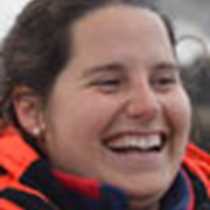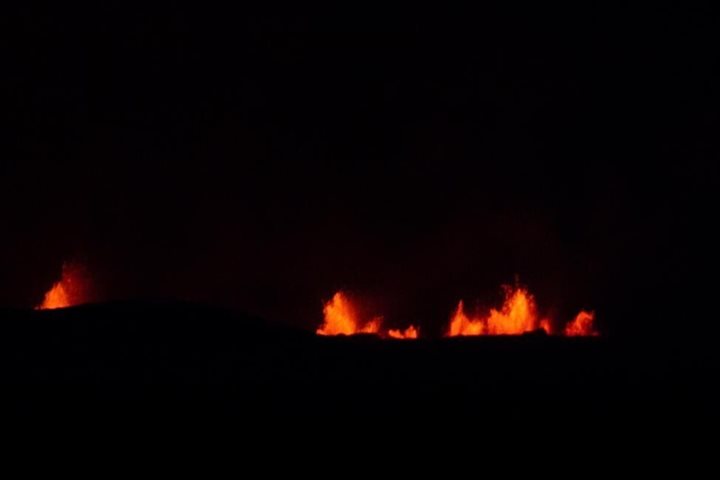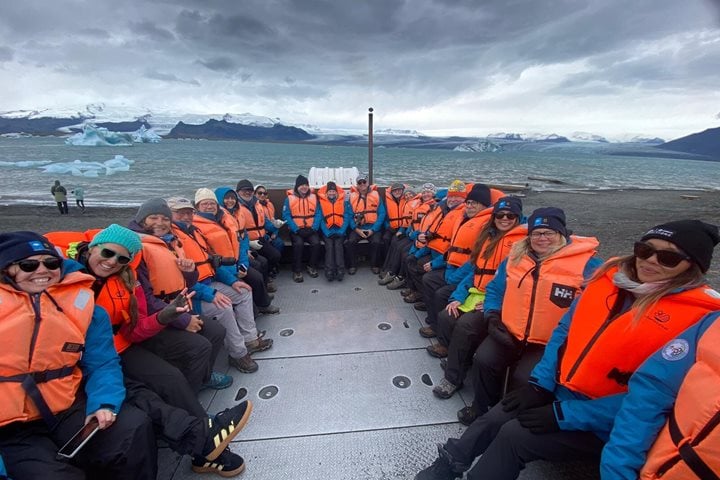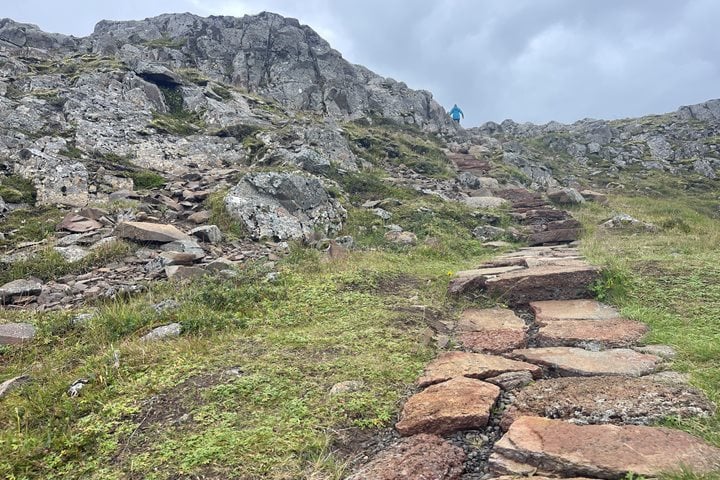Flatey, the flat island, is the biggest of the surrounding islands and is just 1 by 2km (1/2 by 1 mile). Flatey has been very important since the Middle Ages, when it was used as a trading post. The picturesque traditional colored wood houses of the island are summer houses for many visitors today. We spent our morning on this very tiny basaltic island where only 6 people live year round.
Following the only road on the island, we passed by the the church. There we saw remarkable paintings from the 1960s by a Catalan artist, Baltasar Samper, decorated the interior with scenes of island life. Just behind the church, a cosy little yellow wood house holds the oldest and smallest library of Iceland, established in 1864. Inside, we could find a replica of the Flatey Book, the largest of medieval Icelandic manuscripts. Continuing down the road, we ended in a cliff, where we found many puffins, eiders, black guillemots and arctic terns.
On the other side of the island, an old fishing freezer warehouse has been totally transformed and it is today a familiar coffee house and shop. Here we had an incredible performance by musicians Sigrídur Thoilacius & YLJA . Their voices were superb with beautiful melodies.
After lunch, Rich Kirchner, from our photo team onboard, gave us an introduction to expedition photography. Then the ship reached Látrabjarg, the westernmost point of Iceland. It is a cliff 14 km (8 miles) long and 440m (1450 feet) high. Around 12-14 million years ago, repeated eruptions created these preglacial lava formations. Between the layers of lava are old soil horizons that got baked into red brick layers. These layers eroded faster than lava and created great shelves for nesting birds. Millions of birds breed and live on the cliff in the summer. This was the perfect introduction to our next presentation, by Joe Holliday, one of our geologists. He explained the fascinating rich geology of Iceland and what we will see on our expedition in a very fun enlightening talk.
The day was not over yet, because we still had an after dinner landing. Our goal was to explore the Dynjandi waterfall in the end of Arnarfjordur Bay. We landed at a nearby beach, walked through green lower vegetation, and hiked to the first waterfall around the road curve. On our way to the top, we followed many waterfalls in a sinuous path to the great waterfall. The view from the top was simply spectacular.
A very busy energetic first day of expedition, with great weather!







